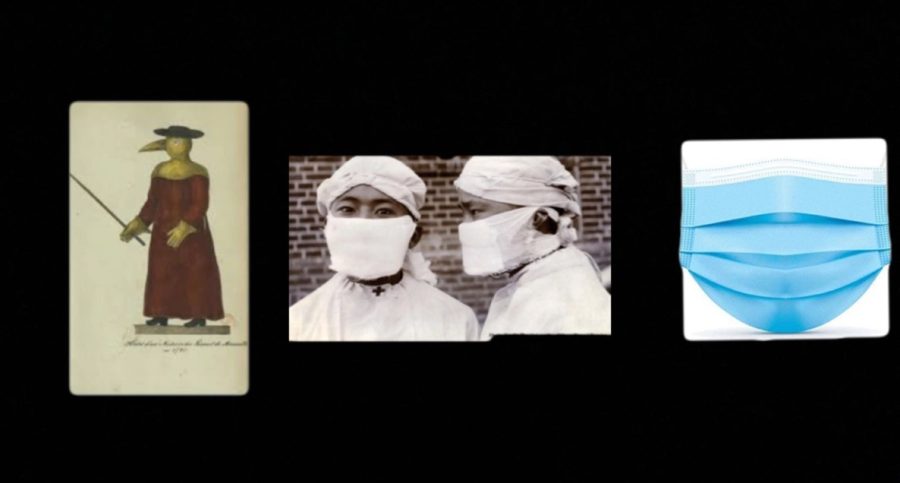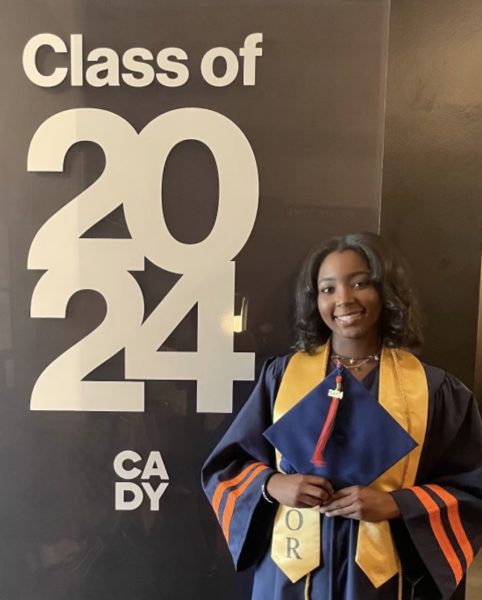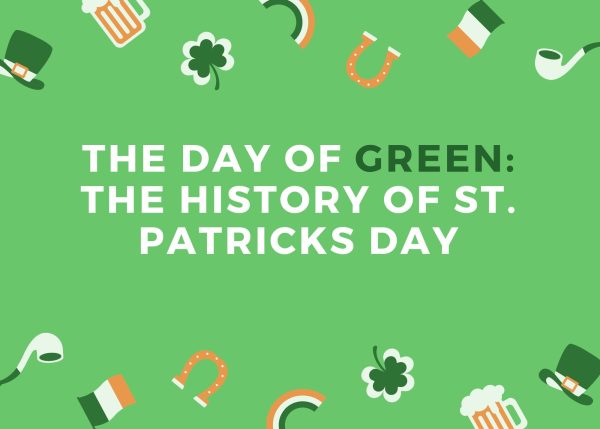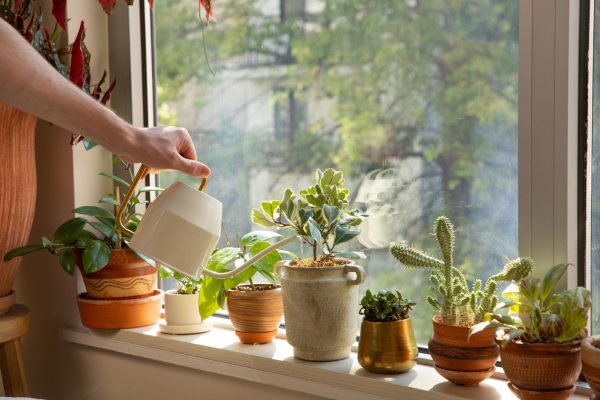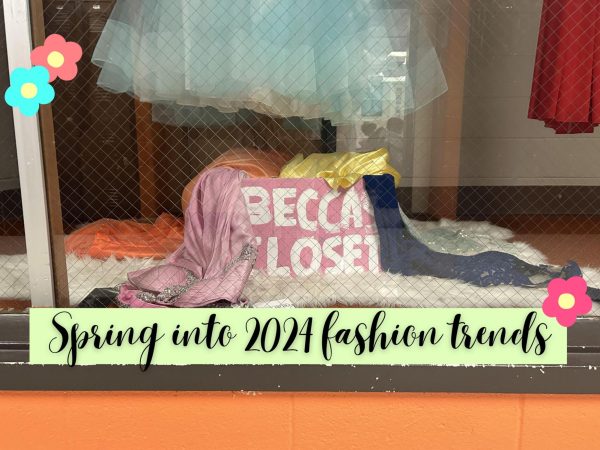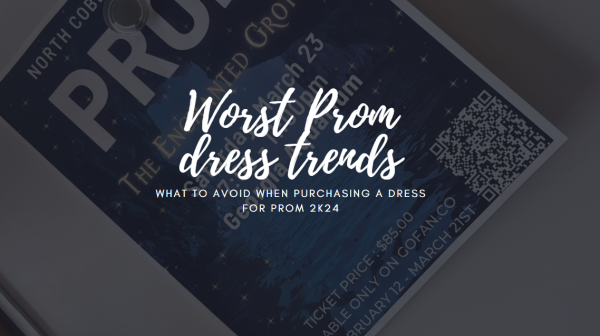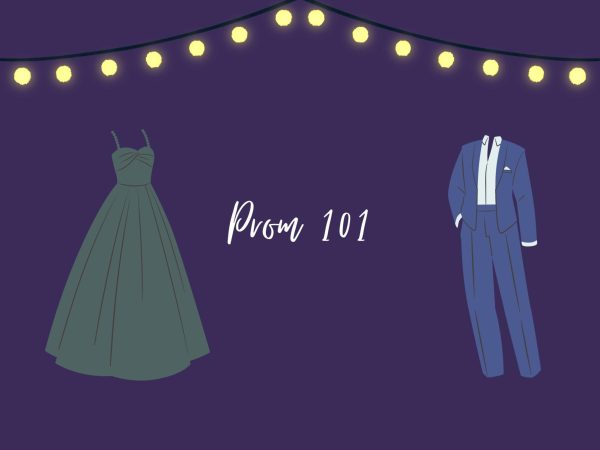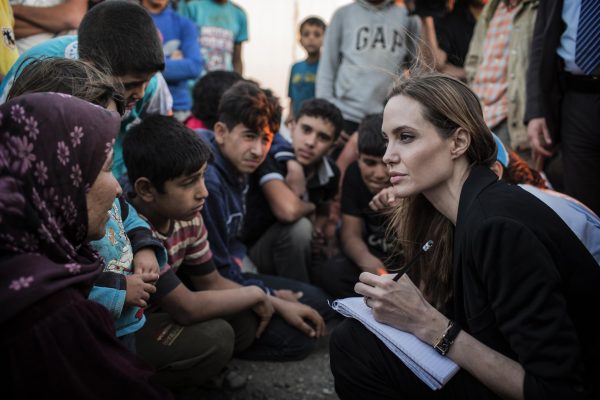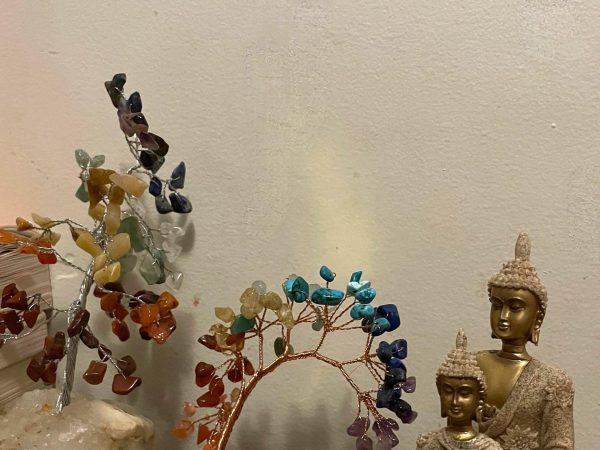Evolution of face coverings
Face masks did not first appear during the COVID-19 pandemic. The usage of masks occurs for over three centuries. With the help of time, society learns what works and what does not work through trial and error and from scientists who came before them. The world must give thanks to the first doctors for creating what everyday citizens would use in times of illness.
February 16, 2022
Wearing a mask during a pandemic forms a trail of history behind it. The first face-covering paved the way in 1656. The Naples plague appears as one of the first times people used face shields to protect themselves from contracting an illness. However, face masks did not always look how they do now. They went through various transformations in their more than 300 years of life.
Charles de Lorme, a French physician, also inventor of the ‘plague prevention’ outfit- designed the first face coverings. The world recognizes these masks as the ones that look bird-like or contain the beaked nose. Plague doctors looked like ravens about to pick on the bones of the dead. These leather masks stand out from the rest, however, because of what filled them. Nothing resides inside of the face mask today; however, during that time, herbs infused the mask. Before an understanding of germ theory, scientists and doctors believed people contracted diseases from breathing poor quality air around them. Doctors theorized that by stuffing the mask with over 50 herbs, such as dried roses or carnations, the air would become cleansed as it traveled through the beak mask; therefore, the ‘bad air’ would not make them sick. The covering, unfortunately, proved ineffective for preventing the disease carried by rats and fleas. Society today sees these shields used for comedic and Halloween purposes.
“I have seen many people wear plague masks during costume parties. They are pretty scary to look at if I am being honest. The beak shape makes me picture that the doctors were evil and killed their patients. It would be so weird to see people walking around in 2022 wearing masks that resemble birds. Maybe social media will bring them back into style,” sophomore Katerine Jenkins said.
The next major time society used face coverings to protect themselves from disease- the 1918 outbreak of the Spanish flu. In a single year, the flu infected roughly 500 million people worldwide. The United States later followed the trend, considering mask-wearing to hold patriotic values. As they do now, healthcare workers wore masks while working with people infected with the now global disease. Cotton: the main material that made up surgical and flu masks during this period. For places that could not receive masks, newspapers printed instructions on how to make them from home. The Red Cross provided masks for those that could obtain them.
“Red Cross headquarters in San Francisco made 50,000 masks available to the public at 11:00 A.M, October 22. By noon it had none. By noon the next day Red Cross headquarters had dispensed 40,000 masks. By the twenty-sixth 100,000 had been distributed in the city, and the San Francisco Red Cross was taking and filling out-of-town orders. In addition, San Franciscans were making thousands for themselves, ” historian Alfred W. Crosby said.
Face masks fit more than just medical purposes. In the late months of 2019, French designer, Marine Serre, created matching face masks that went along with her model’s outfits, unaware of the COVID-19 pandemic soon to come. The mask added spice to the girl’s outfits and would later serve as protection for everyday citizens.
The COVID-19 face mask remains the one society imagines when somebody says “you need a mask.” The masks worn at the beginning of the pandemic, such as N95s and KN95s, differ from the ones worn today. As the infected numbers went down, the normal surgical mask became more widely used. Today, society also uses masks with sequins, jewels and cool designs. Numerous face coverings, especially those worn by celebrities, caused controversy and scandals and stood as possibly ineffective.
Face coverings have endured various adaptations over time. Society learned what works and what does not. Pandemics educate the world on how to better take care of themselves and seek protection from illness.




